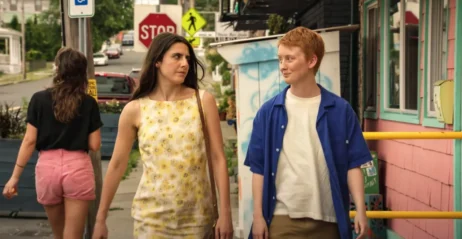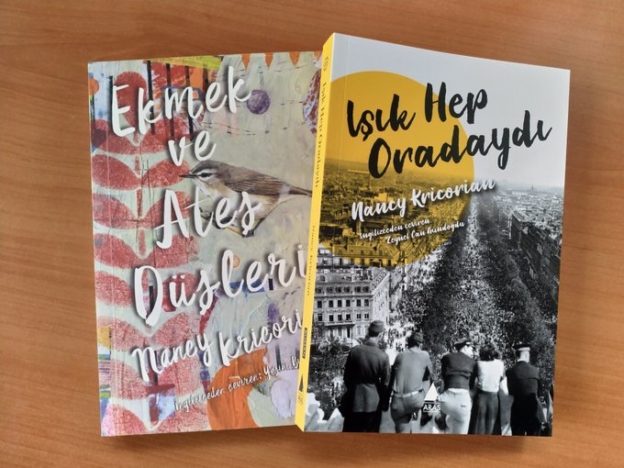Dissonance and Dissidence

Part of the job of being a writer is promoting one’s books, and while I love to praise and promote the work of my friends and mentees, I generally feel uncomfortable trumpeting my own. The current political climate creates an added emotional dissonance—in the face of increasing daily violence and moral shocks, how to hustle to sell a book?
These are scary times. Again, in any direction you look people, their rights, and their well-being are under attack. We are reading about the roundup and imprisonment of dissident foreign graduate students, and witnessing the crushing of our institutions (including a front row seat for the capitulation at Columbia). Palestinian poet Mosab Abu Toha canceled a 16-event national tour because he is subject to a doxxing and smear campaign by far-right organization Betar USA, that has been handing over lists of people it wants deported. The situation in Gaza is truly heinous, with food aid rotting at the border while hunger is rampant and bombings continuous. The announced “voluntary migration plan” for the ethnic cleansing of Gaza is truly sickening.
But we somehow need to keep going, to live our lives, to do our work, take care of our families, and gather with organizations and groups that are fighting the worst of these harms. Palestinian poet and writer Mohammed El Kurd posted some words on Twitter that resonated strongly for me:
the basics: fascism thrives on fear. they want you to be silent, to self-censor, to do less. you will not recover whatever ground you concede. the moment calls for caution, not hysteria. courage, not cowardice. if the objective is fear, be unafraid. dissent.
My writing is also a form of dissidence. As I say in a recently published essay about the making of The Burning Heart of the World in the Armenian Weekly:
April 2025 is the 50th anniversary of the start of the Lebanese Civil War and the 110th anniversary of the Armenian Genocide. My novel reverberates with both of these cataclysms, and it appears at a time when Lebanon and Armenia have just experienced more paroxysms of violence, suffering under existential threats to their sovereignty and territorial integrity. My novel is a journey through these histories and into this burning heart of the world. The title evokes both illumination and conflagration. The world is on fire, and while there is much darkness in the book, there is also humor, empathy and a commitment to amplifying that which is humane in the human. This last is central to my literary project.
The official publication date of my novel is April 1, and I am in Los Angeles for its launch. I have four evening events this week—in conversation at Diesel Books with Talar Chahinian on Monday, a panel discussion with my friends Joanne Nucho, Mashinka Hakopian, and Ara Oshagan on Tuesday at OxyArts, in conversation on Wednesday at the Glendale Central Library with my friend Shahe Mankerian, and a Thursday literary salon featuring poets Lory Bedikian, Arthur Kayzakian, and me hosted by Red Hen Press in Pasadena. The following week in New York, I will be in conversation with Marianne Hirsch at Knox Hall in Morningside Heights on April 7th, and with Raffi Khatchadourian at Greenlight Bookstore in Brooklyn on April 9. On April 15th I will be in conversation with Nanore Barsoumian at NAASR in Belmont, MA, and on April 17th with Lisa Gulesserian at Porter Square Books in Cambridge. For people who are not in these localities, the April 15th event at NAASR will be hybrid with viewing options via Zoom and YouTube. More events are being scheduled for May and June.
May we find the courage to keep speaking out. May we find the strength to protect each other.
Yours in struggle,
Nancy K
RECOMMENDED READING
Variety: Mark Ruffalo, Penélope Cruz and 500 Oscar Voters Sign Hamdan Ballal Letter
Israeli historian Ilan Pappe on the end of Zionism.
My friend Patty Kaishian curated this show at the New York State Museum about the life and work of mycologist Mary Banning.
James Schamus on Andrew Ahn’s updated Wedding Banquet.
March 30, 2025










